Oculus Rift then and now: its journey from Kickstarter to VR firestarter
A Rift in time
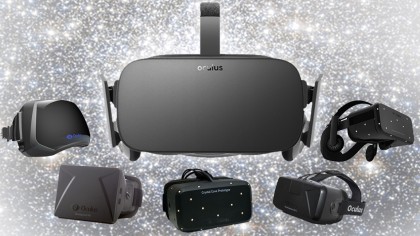
Let's see how far we've come
After a successful crowdfunding campaign, loads of demos, a Facebook buyout in there somewhere, and years of waiting, the Oculus Rift finally made it out to consumers on Monday.
Marketed as the first major virtual reality headset designed for gaming, a lot of tests, tech, and trial and error went into the Rift's design.
While it's now a refined piece of hardware, as our Michelle Fitzsimmons explains in her hands-on review of the headset, it wasn't always so. Let's take a look at how the goggles grew over the years, from a cobbled-together crafts project to the high-end consumer product it is today.
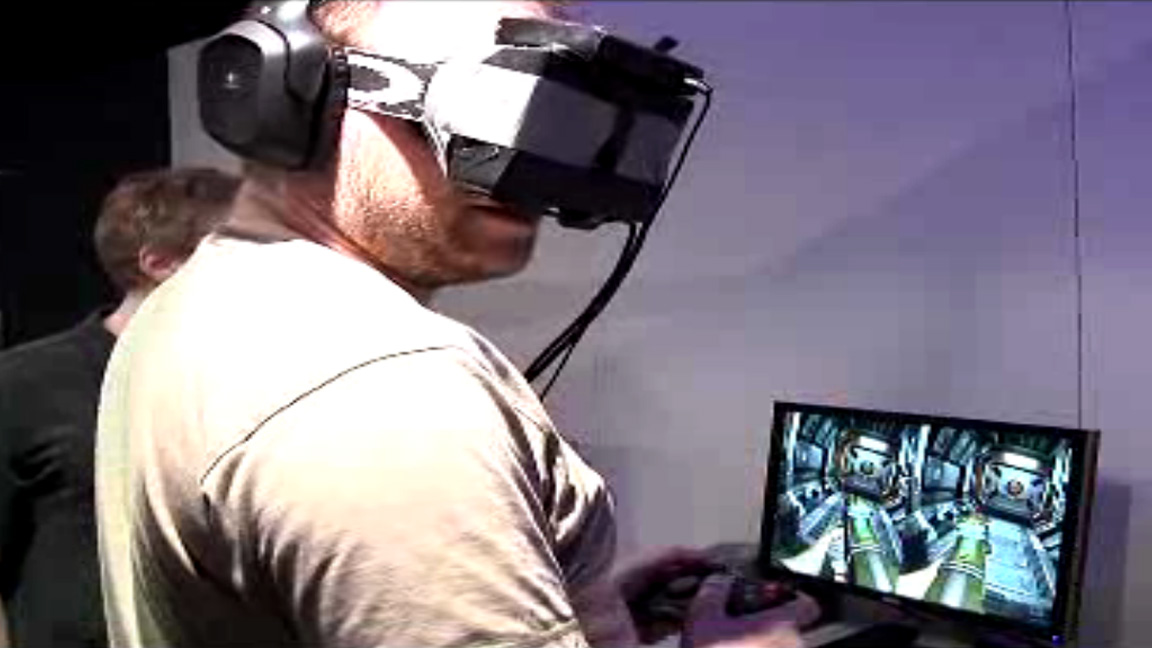
Before there was Oculus, there was still a Rift
Of course, we must start with the devices humbles beginnings.
Oculus Co-Founder Palmer Luckey was tinkering with VR gaming well before the Rift launched its way to internet stardom. While far from the prettiest piece of hardware, Luckey's homemade prototype for the Rift did manage to charm one John Carmack, who would prove a powerful asset for Oculus.
Programmer of classic games like Wolfenstein 3D and Quake, as well as a techno-wizard and virtual reality advocate, Carmack used Luckey's duct-taped architecture as a basis for his own VR software, and demonstrated the janky-looking headset at E3 2012.
The collaboration between the two techies would eventually solidify in 2013, when Carmack joined the Oculus crew as the company's chief technology officer. We'd like to imagine Carmack's first order of business was replacing the duct tape with something more respectable.
Image Credit: G4/screengrab
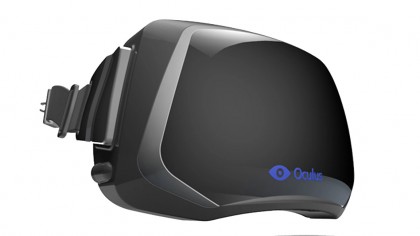
The Kickstarter Mock-up
Debuting on Kickstarter two months after Oculus formed in the summer of 2012, this proposed "first draft" of the Rift shows just how far the headset's come in the years since.
Created more as a proof of concept than a practical blueprint, the design still grabbed the tech world's attention long enough to get the footing (and backing) it needed to progress to a real-life version later on.
The original Kickstarter design of the Rift was crucial in getting the project off the ground, but the lack of headphones and an over-the-head strap, plus looking pretty front-heavy, makes us really happy this design never made it to the manufacturer.
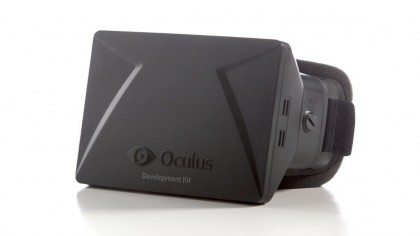
The First Development Kit (DK1)
Released in the fall of 2012 as the first "real" Oculus Rift, the DK1 was the first set to get in the hands of backers and other intrigued parties who wanted to see what could done with the promising new headset.
While DK1's casing was clunky and the LCD screen not the prettiest display on the block, it did accomplish its primary objective and get designers interested in making games for the Rift.
The DK1 also introduced many to their first foray into VR, which helped it find some love with newcomers as much as with VR vets.
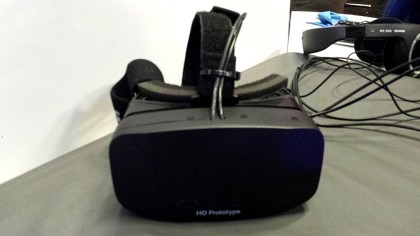
The HD Prototype
In the summer of 2013, Oculus began working on a new prototype for the Rift, this time focusing on creating a higher-definition field of view and trimming up the overall design of the headset.
It wouldn't be long before more improvements were made, including upgrading the display even further. This eventually made the HD Prototype redundant, turning it into one of the few Oculus prototypes to never go on market as part of a development release.
Image Credit: Holek/Wikimedia
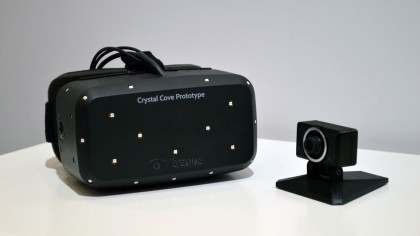
The Crystal Cove Prototype
Eight months after the HD Prototype was unveiled, the Crystal Cove Prototype was shown off at CES 2014, complete with a shiny new external camera that allowed for improved head tracking.
It also jumped from a LCD to an OLED screen, which not only improved the overall look of games played in the Rift, but also ensured images refreshed faster.
This, in conjunction with motion tracking, reduced motion sickness - the bane of many a VR user. It also carried a lot of concepts that would be incorporated into the Rift's next big evolution.
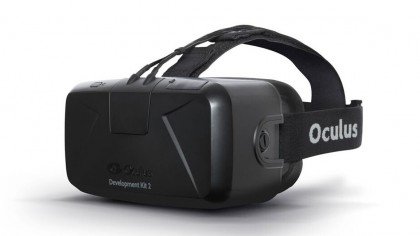
The Second Development Kit (DK2)
Shipped in July 2014, the second Development Kit for the Oculus Rift wasn't too far a cry from the Crystal Cove Prototype. That said, DK2 was miles away from DK1, sporting a better screen, improved refresh rate, and a boosted overall aesthetic, all while trimming down excess components like DK1's external control console.
The Rift had come a long, loooong way since the early days of being held together by duct tape, but there were still some final touches left, leading us to...
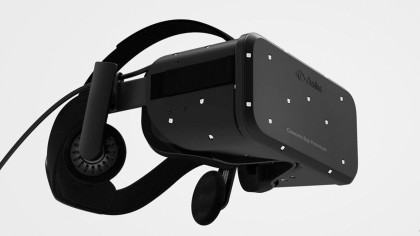
The Crescent Bay Prototype
We like to call this one the "homestretch edition" as the final prototype of the Rift has so much in common with the final product, from the built-in headphones to the improved 360-degree motion tracking.
Additionally, more attention was paid to the ergonomics and aesthetics, with a more comfortable headstrap, lighter construction, and slimmer casing.
While the tech on the inside will be what defines the Rift, we certainly appreciated the thought given to how it'd look and feel, especially for longer play sessions.
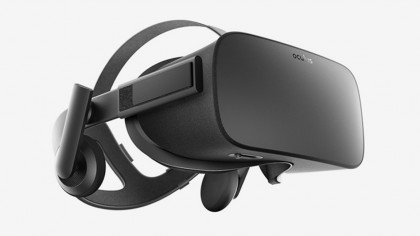
The Final Product
And it all comes down to this.
The version of the Rift that consumers are finding on their doorsteps this week continued improving on the Crescent Bay Prototype, including refinements to the housing and headstraps to make the device more consumer friendly
That said, the final version of the Rift didn't just tweak its looks. The refresh rate was cranked up to 90Hz, the resolution was given a boost, and the tracking was calibrated to work equally well for sitting or standing use.
It may have taken four years, seven prototypes, and who knows how many scratched concepts that never saw the light of day, but the Rift is finally ready for the world at large. A large chunk of VR's future rides on Oculus' shoulders, but thankfully ours won't be so burdened thanks to the company waiting until the right design came along before launching it.
